Archery Bows

Types of Archery Bows
Traditional Bows
English longbow

The English longbow was a powerful medieval weapon, about 6 ft (1.8 m) long. While it is debated whether it originated in England or in Wales from the Welsh bow, by the 14th century the longbow was being used by both the English and the Welsh as a weapon of war and for hunting.
Recurve bow
Recurve bows made out of composite materials were used by, among other groups, the Persians, Parthians, Sarmatians, Scythians, Alans, Dacians, Cumans,
Hyksos, Magyars, Huns, Bulgars, Greeks, Turks, Mongols, Koreans and Chinese. The recurve bow spread to Egypt and much of Asia in the second millennium BC.

Mongol bow
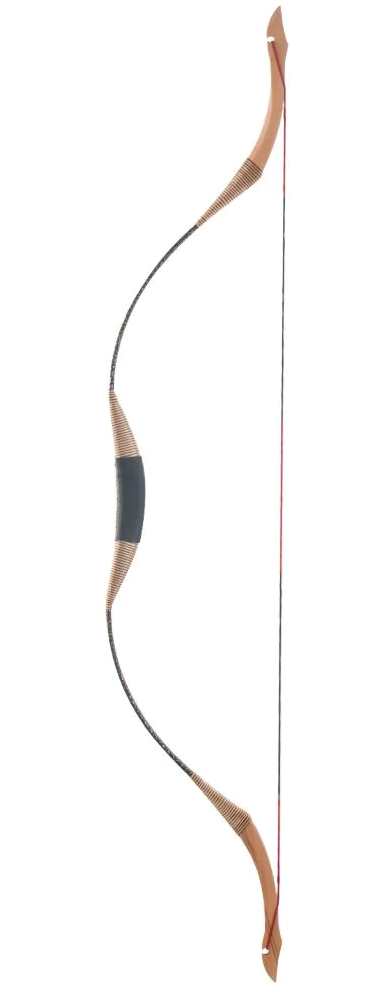
Mongol bow is a type of recurved composite bow historically used in Mongolia, and by the horse archers of the Mongol Empire. “Mongol bow” can refer to two types of bows. From the 17th century onward, most of the traditional bows in Mongolia were replaced with the similar Manchu bow. Traditional Mongol bow was made from horn, wood,
and sinew laminated together, a form of laminated bow.
Modern Bows
Compound bow
Compound bow is a bow that uses a levering system, usually of cables and pulleys, to bend the limbs. The compound bow was first developed in 1966 by Holless Wilbur Allen in North Kansas City, Missouri, and a US patent was granted in 1969. Compound bows are widely used in target practice and hunting. The pulley/cam system grants the user a mechanical advantage, and so the limbs of a compound bow are much stiffer than those of a recurve bow or longbow. This rigidity makes the compound bow more energy-efficient than traditional bows, as less energy is dissipated in limb movement. The higher-rigidity, more advanced construction also improves accuracy by reducing the bow’s sensitivity to changes in temperature and humidity.
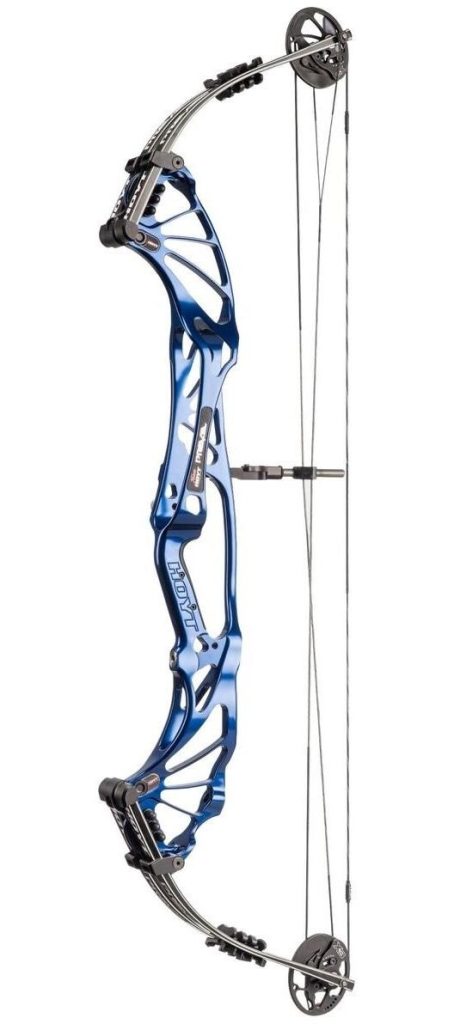
Recurve bow

Recurve bow has limbs that curve away from the archer when unstrung, which means it stores more energy and delivers energy more efficiently than a straight-limbed bow (Long Bow). Recurve bows are used in various types of archery for recreation and competition. They lend themselves well to target archery, as in the Olympics and other competitions.
Components of a Compound Bow
1 Cams
2 Limb Dampeners
3 Limbs
4 Limb Pivot
5 Limb Pocket
6 Limb Bolt
7 Riser
8 Sight Mounts
9 Cable Guard
10 Rest Mounts
11 Arrow Shelf
12 Stabilizer Mount
13 Axle
14 String Splitter
15 Cables
16 String
17 Serving
18 Nocking Point
19 Grip
20 String Stop
21 Cable Splitter
22 Axle-To-Axle Length
23 Brace Height
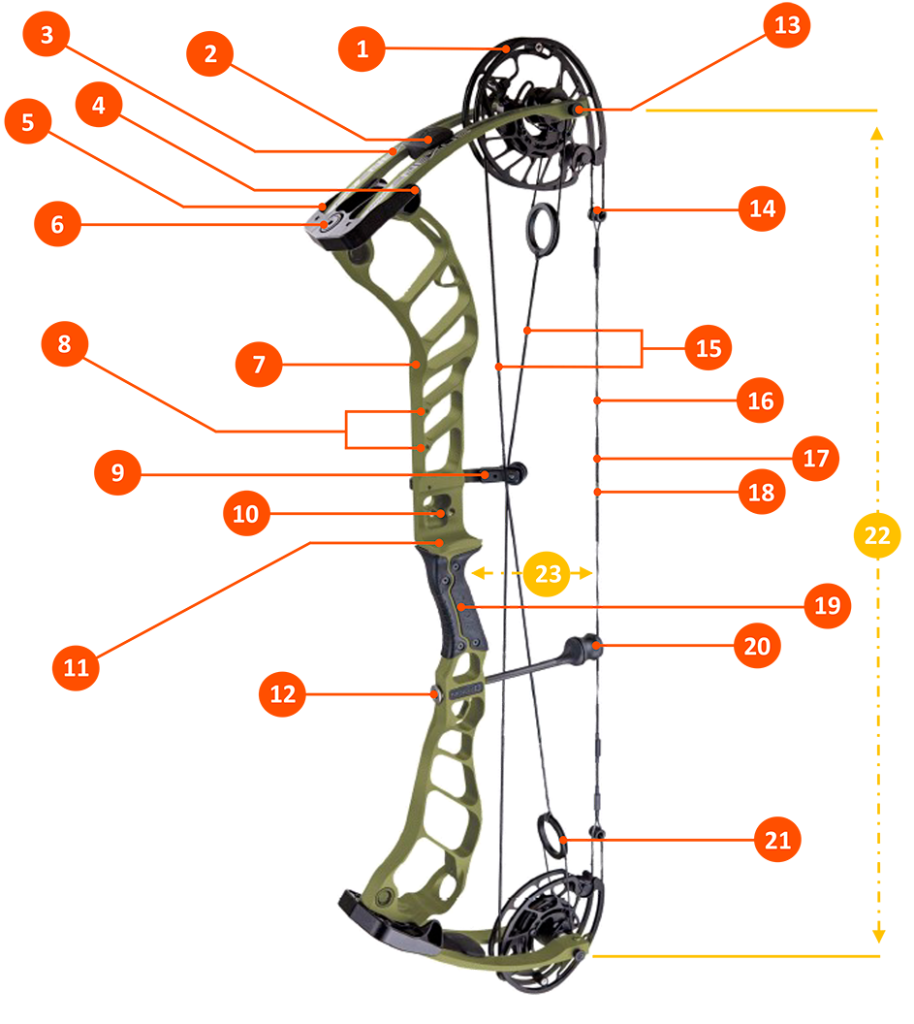
Components of a Recurve Bow
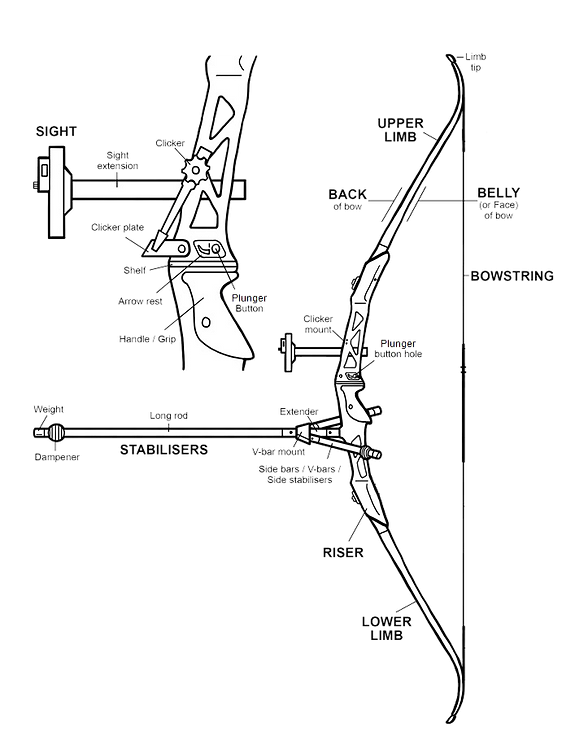
Archery Tools and Maintenance
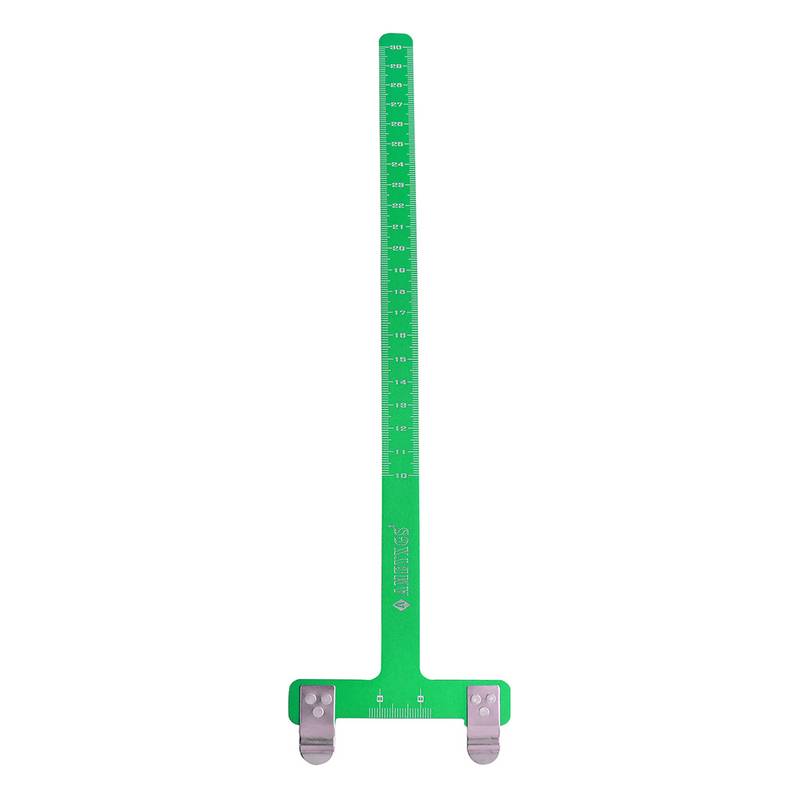

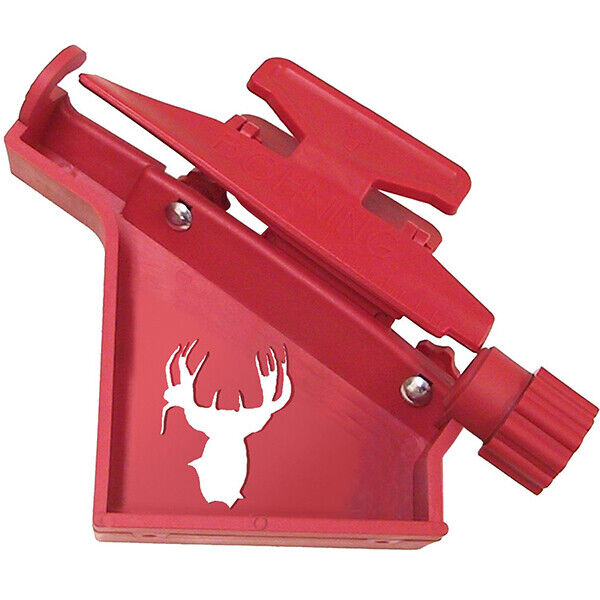
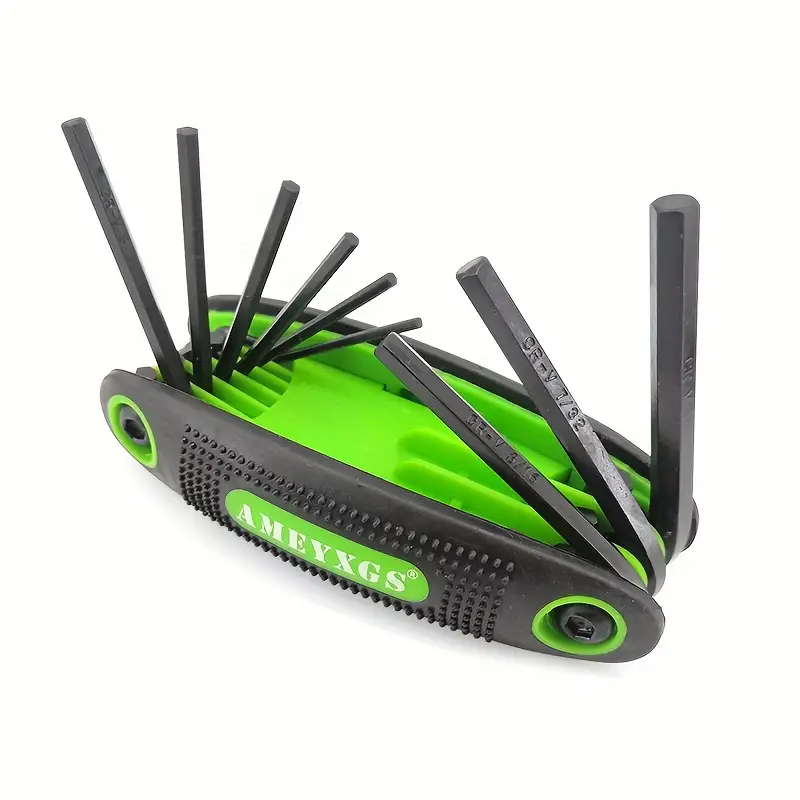
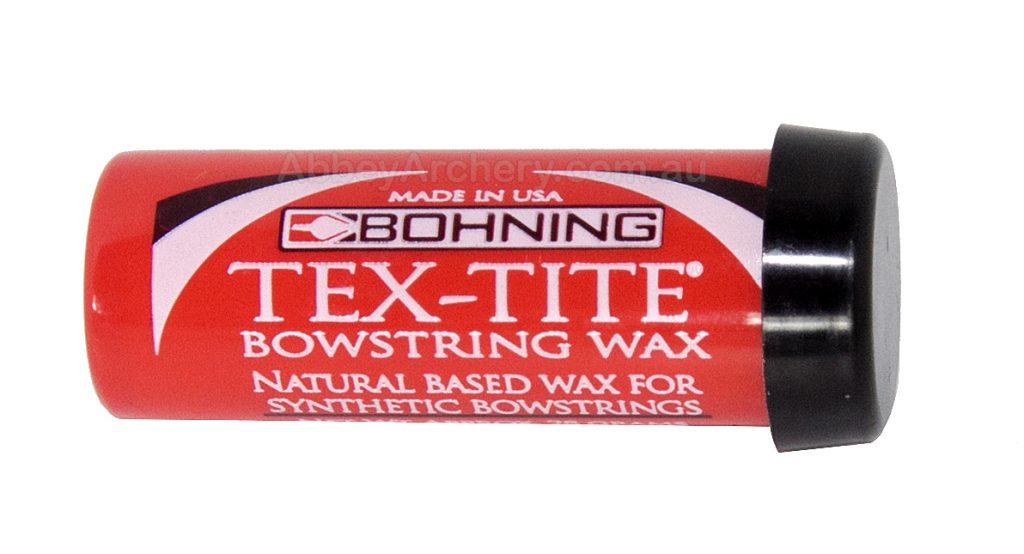
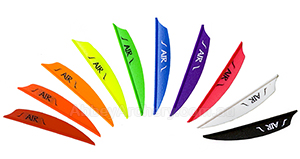
![]()
